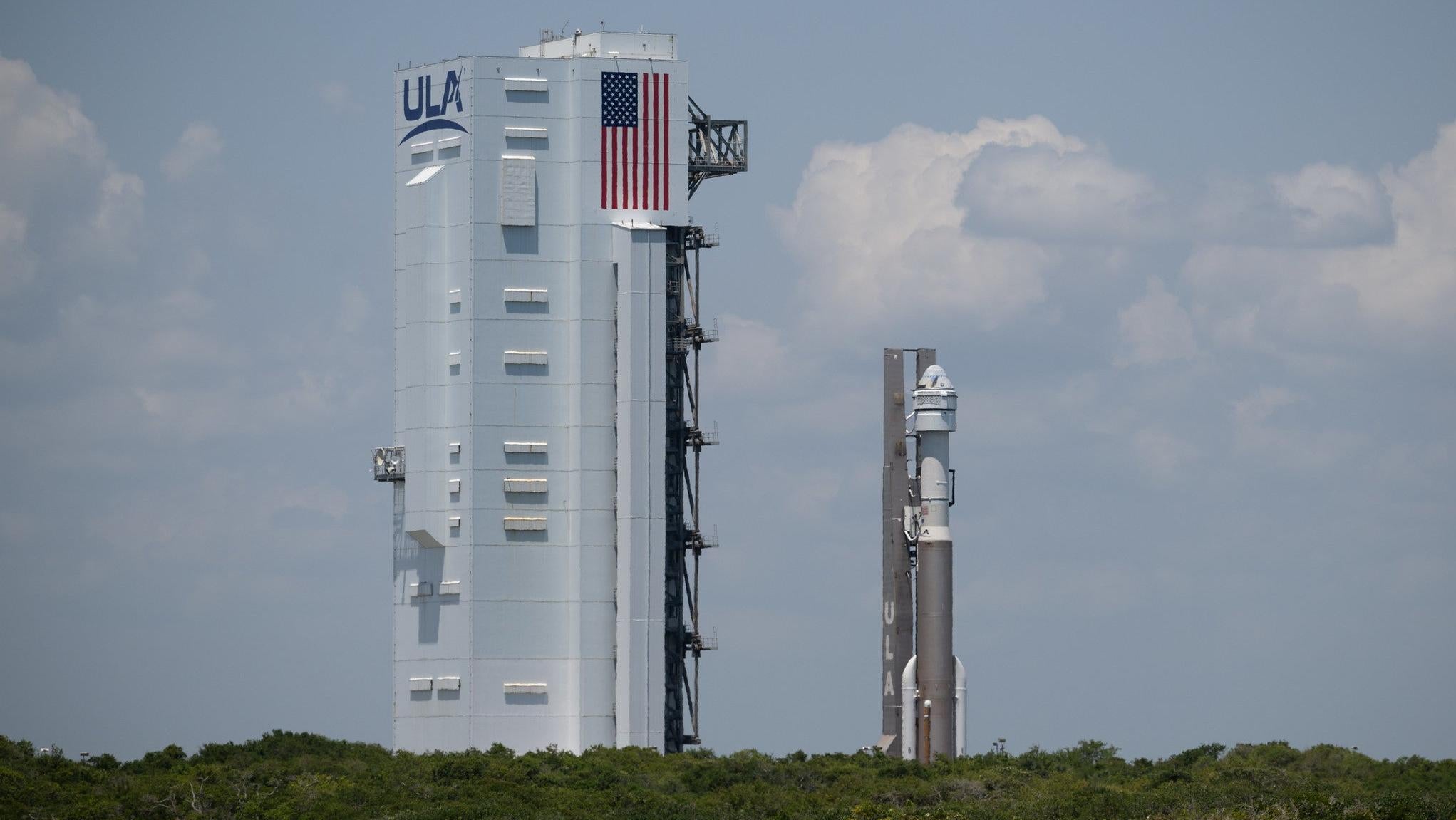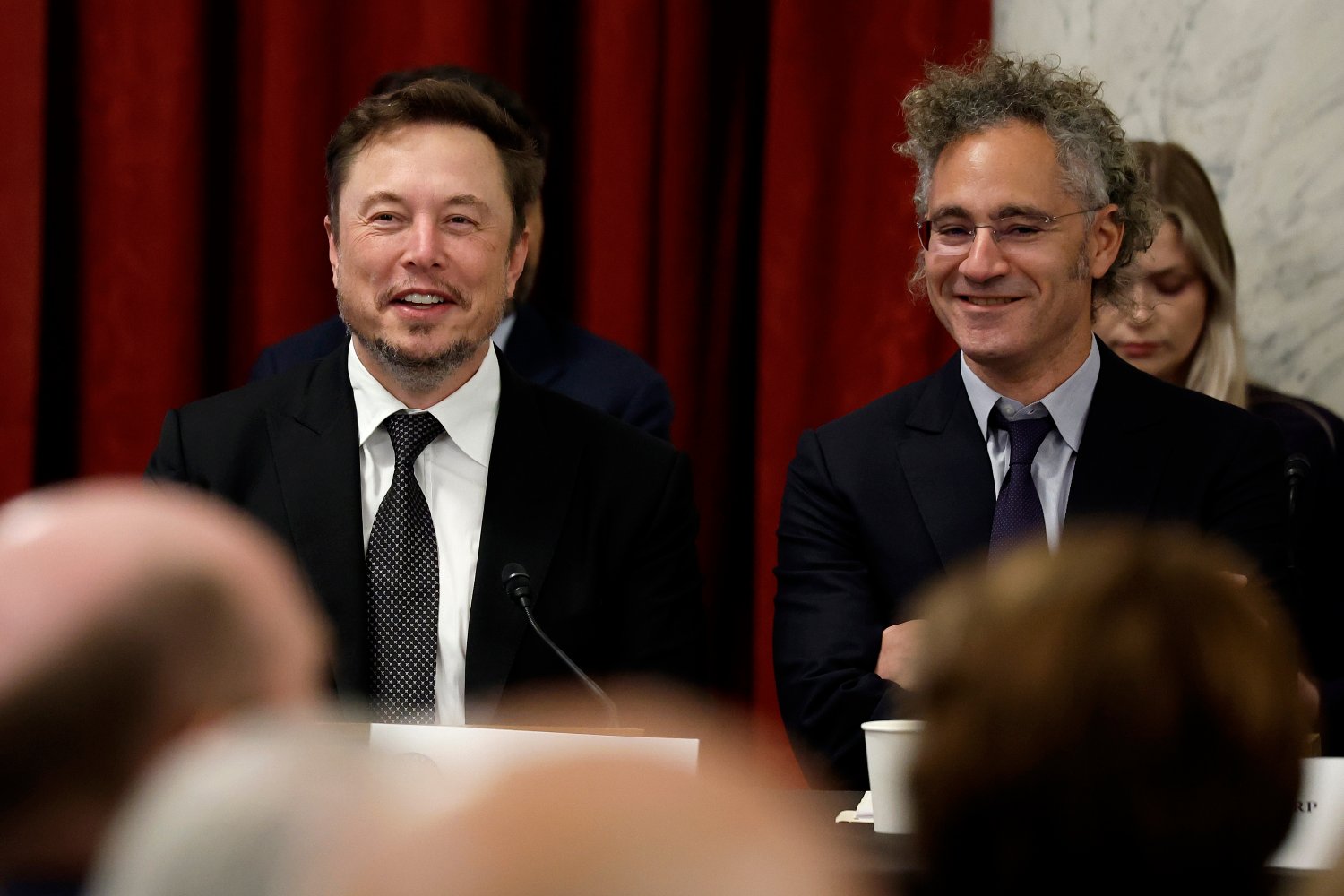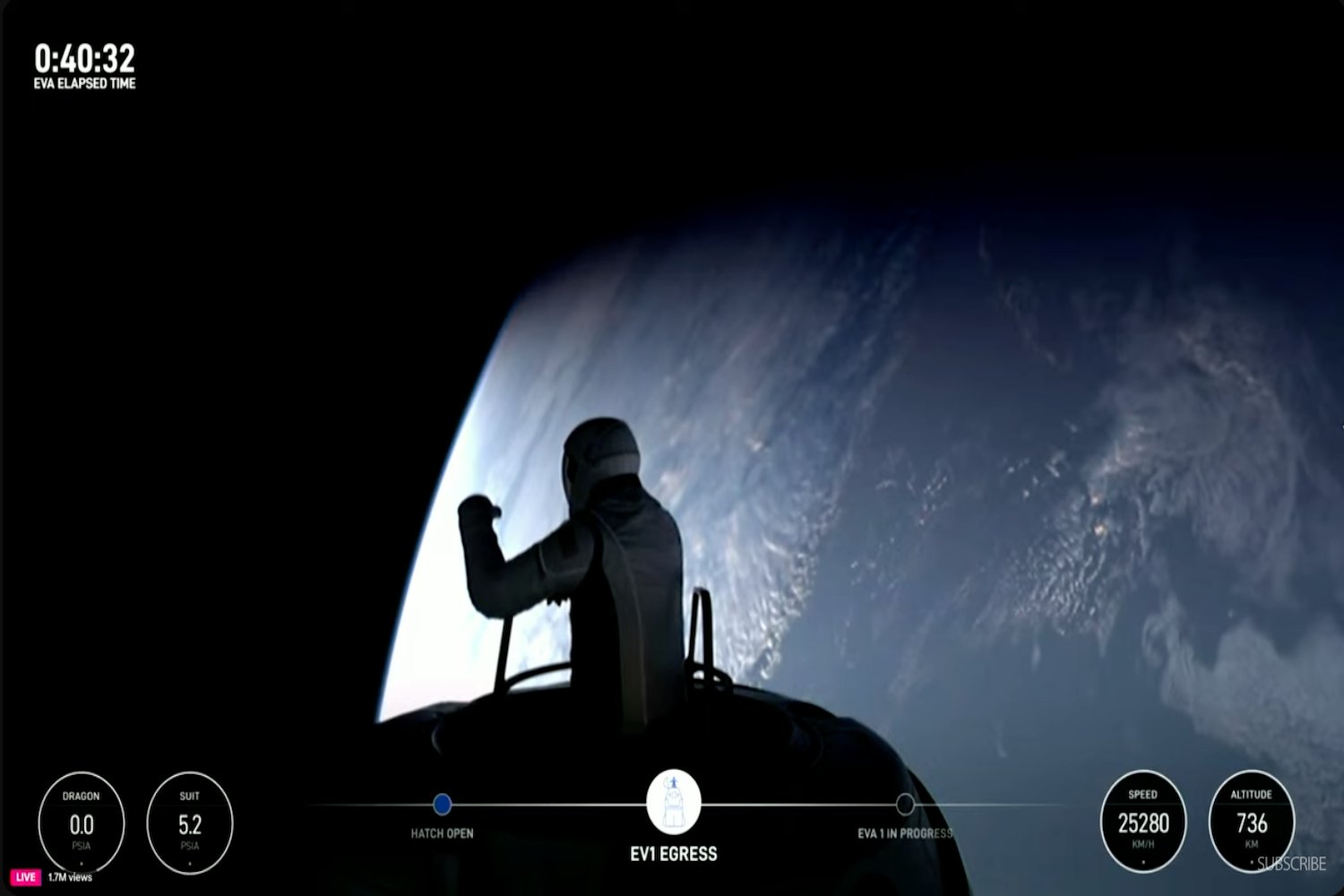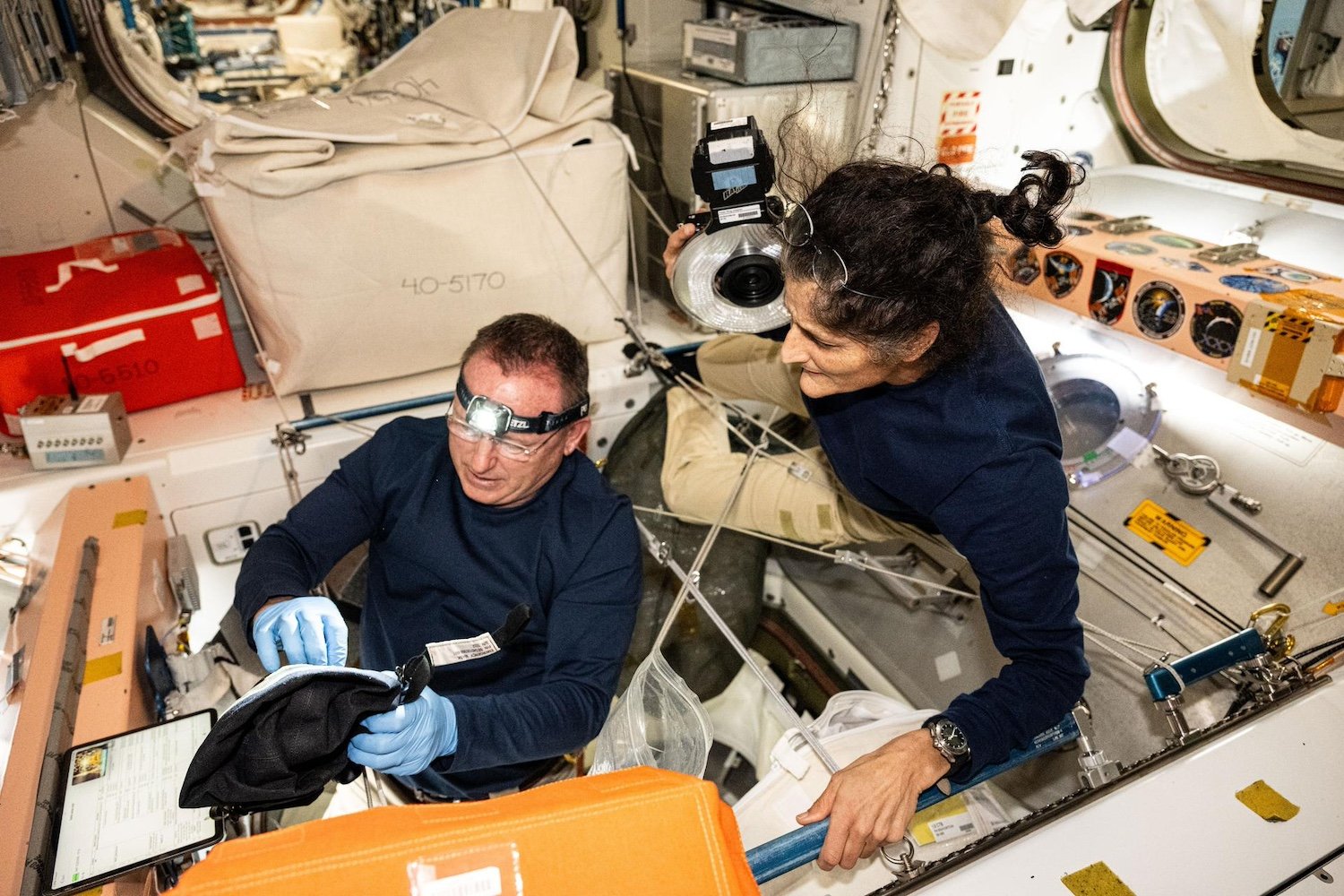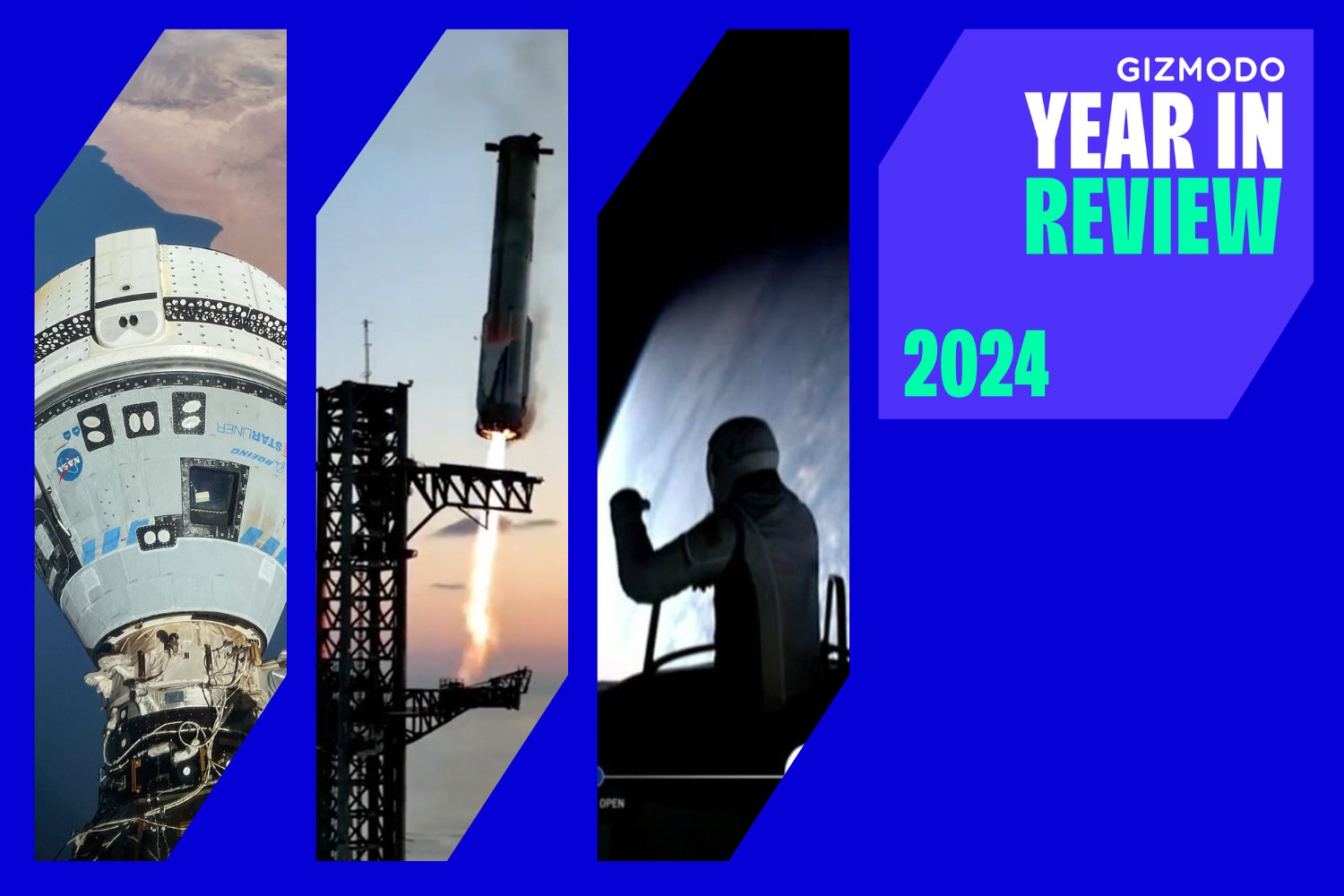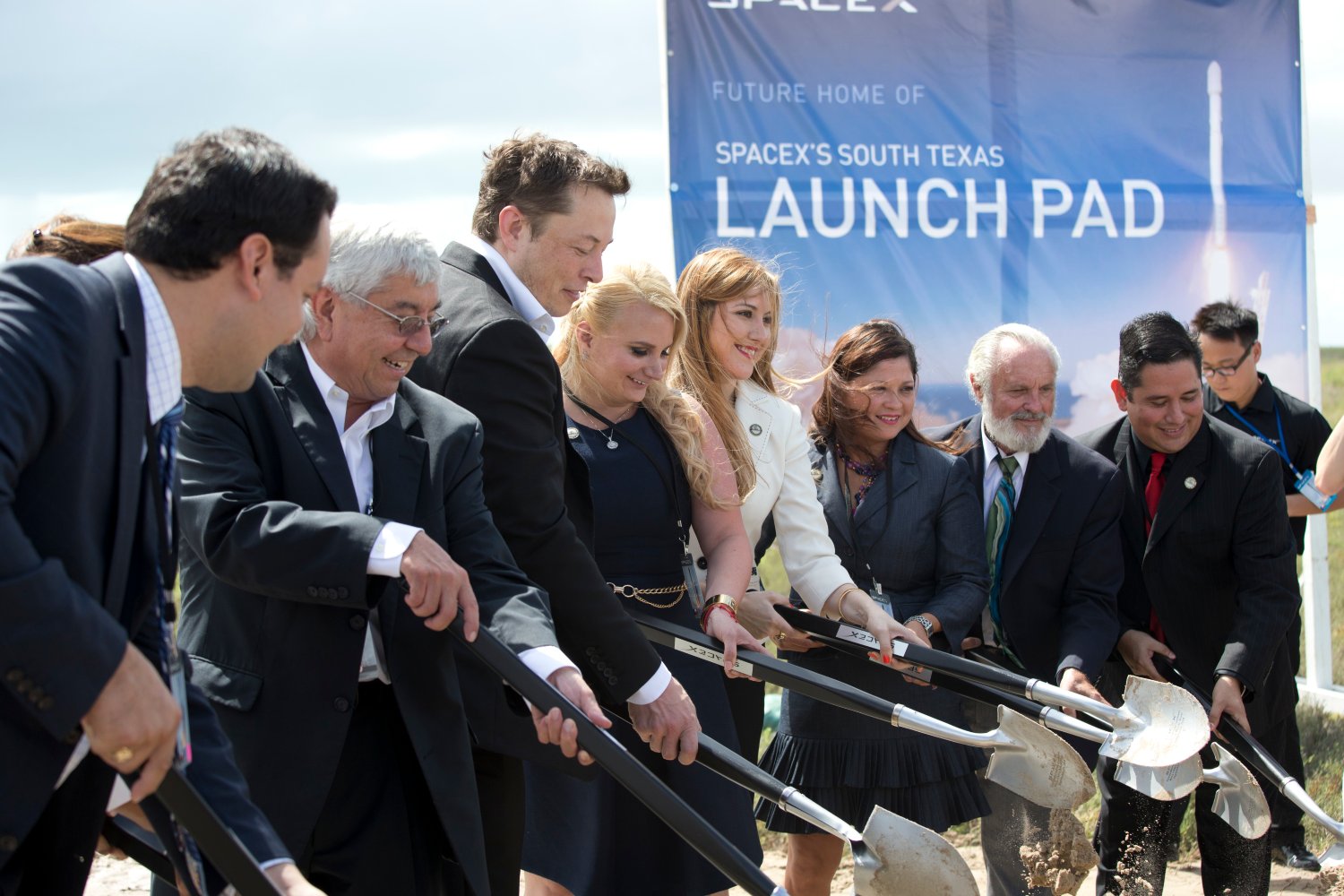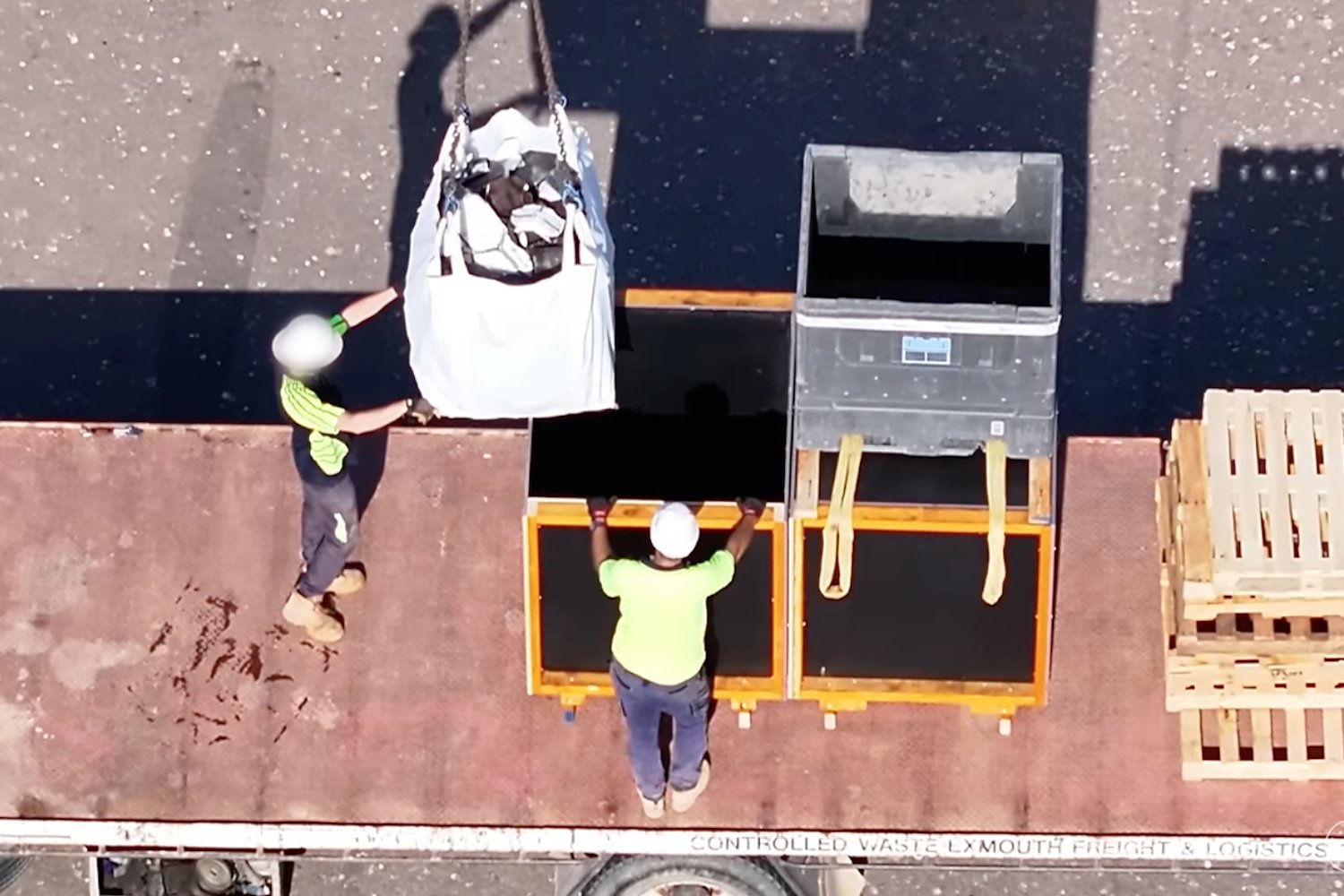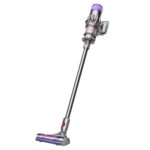Just when we thought things couldn’t get any worse for Boeing’s attempt at launching a crew to orbit, in comes a longstanding industry feud over rocket valves for a shocking third act.
A rival space company has come out of the woodwork to warn NASA of a “risk of a disaster occurring on the launchpad,” and advising the space agency to “immediately halt” the Starliner launch. The dramatic warning was issued on Wednesday by ValveTech, which recently lost a court battle over valve designs for Starliner’s propulsion system, according to Payload.
Okay, so here’s the tea.
Earlier this week, NASA and Boeing were forced to stand down from a launch attempt of the Starliner spacecraft due to a faulty valve that ground teams discovered just hours before liftoff.
Boeing’s crew capsule was fitted atop United Launch Alliance’s Atlas V rocket, ready to transport NASA astronauts Butch Wilmore and Suni Williams to the International Space Station (ISS) and back. A few hours before its scheduled liftoff on Monday, however, ULA announced that the launch had been scrubbed “due to an observation on a liquid oxygen self-regulating solenoid relief valve on the Centaur upper stage.”
The valve regulates the flow and pressure of liquid oxygen in the rocket’s upper stage. It employs a solenoid—a kind of electromagnet—to open and close as necessary, ensuring the safe release of excess pressure.
Following the scrubbed launch, ULA CEO Tory Bruno said the crew working at the launchpad heard an audible buzzing noise that was produced by the faulty valve. The company decided to replace the valve altogether rather than try to repair it, with the new launch date now scheduled for May 17.
“After evaluating the valve history, data signatures from the launch attempt, and assessing the risks relative to continued use, the ULA team determined the valve exceeded its qualification and mission managers agreed to remove and replace the valve,” NASA wrote in a statement.
That still wasn’t enough for some people. “NASA needs to re-double safety checks and re-examine safety protocols to make sure the Starliner is safe before something catastrophic happens to the astronauts and to the people on the ground,” ValveTech President Erin Faville said in the statement.
Just to clarify, the valve is on the rocket carrying Starliner rather than the crewed spacecraft itself. ValveTech’s apparent beef, however, is with the company supplying Boeing with valves for its Starliner spacecraft.
In 2017, Aerojet Rocketdyne, a subsidiary of defense company L3Harris, ended its relationship with ValveTech due to disputes over valve designs, Payload reported. Aerojet Rocketdyne had hired ValveTech to build valves for Starliner’s propulsion system (which is different from the pressure regulation valve on ULA’s rocket), and ValveTech later sued Aerojet Rocketdyne for allegedly misusing its trade secrets for new valve designs.
In November 2023, a jury found that Aerojet Rocketdyne breached two nondisclosure agreements with ValveTech and improperly retained and used its proprietary information. ValveTech sought further restrictions on Aerojet Rocketdyne, but the motion was denied.
The company is now claiming that the valve being used for Starliner’s propulsion system, which was provided by Aerojet Rocketdyne, is “not qualified to the right specifications and not evaluated to ensure safety protocols,” ValveTech wrote in its statement.
“ValveTech continues to question how NASA, Boeing and Aerojet could have qualified this valve for the mission without proper supporting data or previous history or legacy information, which in its experience, goes against aerospace-industry qualification protocols established by NASA,” the company added.
In response to ValveTech’s statement, ULA’s Bruno wrote on X, “Not sure what to say about this one. Close to none of it is correct…Remarkable that the particular person quoted doesn’t seem to know how this type of valve works.”
Thanks.
Not sure what to say about this one. Close to none of it is correct: Not urgent. Not leaking. Etc. Remarkable that the particular person quoted doesn't seem to know how this type of valve works…— Tory Bruno (@torybruno) May 9, 2024
A Boeing spokesperson told Payload that ValveTech’s speculation about Monday’s scrubbed launch is “inaccurate and irresponsible.” Starliner has had its shortcomings in the past, but this time the crewed spacecraft is undeserving of the misdirected shade.
Gizmodo contacted ValveTech to request a comment; however, there was no response prior to publication.
Boeing’s Crewed Flight Test is part of NASA’s Commercial Crew Program and is meant to transport crew and cargo to and from the ISS under a $4.3 billion contract. NASA’s other commercial partner, SpaceX, recently launched its eighth crew to the space station while Boeing can’t seem to shake off its curse.
The program has suffered from a slew of problems and delays, including a botched uncrewed test flight in 2019. Boeing’s crewed Starliner launch was initially set for February 2023, then postponed to late April, and finally rescheduled for July 21, 2023. A few weeks before liftoff, however, the company announced that it was standing down from the launch attempt to address newfound issues with the crew vehicle, including a mile’s worth of flammable tape that had to be manually removed. Following the scrub on May 6 due to the aforementioned buzzing valve issue, the crewed capsule will now launch no earlier than May 17.
The latest delay to the launch of Boeing’s Starliner may not have been the company’s own fault, but it did spark a hilarious, if not misguided, spat to continue the streak of misfortunes that has plagued the program from the start.
For more spaceflight in your life, follow us on X and bookmark Gizmodo’s dedicated Spaceflight page.
